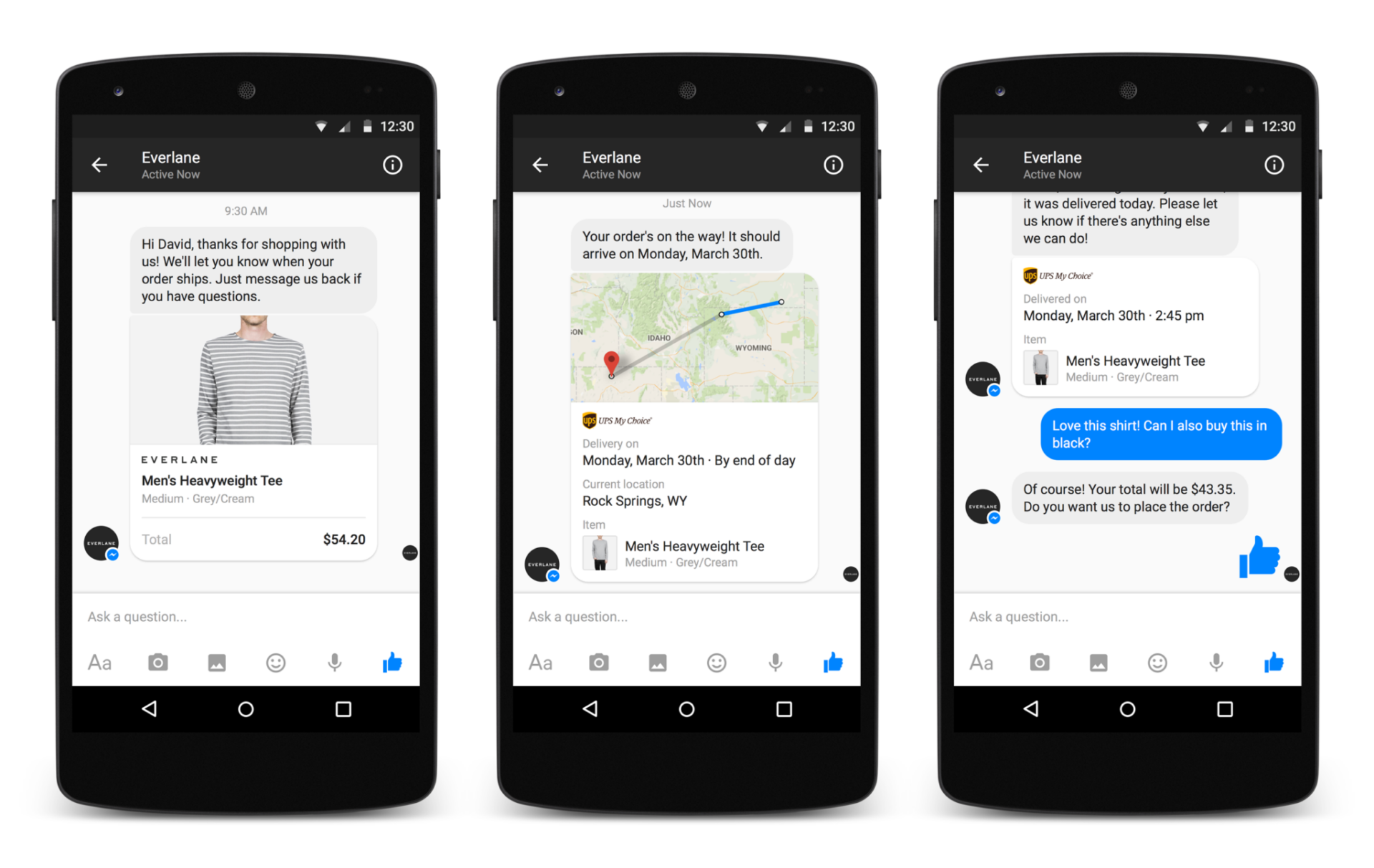
Real-Time Messaging: Personalized Communication For Your Brand?
The past 30 years have seen incredible changes in the way businesses operate and communicate. All this time, the way customers enjoy communicating has always been personal and direct. But now, that is broken. How did it get this way?
The Past: Personal and scalable.
Thirty years ago, businesses communicated with their customers by building personal, contextual relationships over time. At your neighbourhood store, communication happened in person. If the shopkeeper liked you, he’d keep aside something he knew you liked until you came to pick it up. The relationship was built on trust and comfort. Larger companies used letters for official communication and advertising happened in newspapers, flyers, the radio and television.
The Recent Past: Online, yet Personal
As the world discovered the internet, the way businesses communicated changed drastically. Faxes and emails became the default modes of communication. Businesses communicated internally – and with customers – by emails. The incredible speed and convenience made emails an instant hit for personal communication. We could now send messages to our friends and family overseas in minutes, and receive long, information-heavy replies soon enough. We could read these emails from the comfort of our homes. It was effective, and personal. You remember ‘You’ve Got Mail’, where Meg Ryan and Tom Hanks fall in love virtually while romanticising the beautiful city of New York in their emails. After this, the rise of real-time messaging platforms like MSN and Yahoo messenger, made users fall in love with chat just like they had with email.

Image: giphy
The Present: Online yet Impersonal.
Now, as businesses continue to move online, marketing, services and support have moved into email inboxes. You can order groceries, clothes and furniture online – apart from pay bills, get work done and even find a house to stay in. With the advent of real time messaging via chat apps and social channels, people use emails less for personal communication, while businesses around the world still largely rely on emails to communicate. Emails are still very much alive, but they are often ineffective simply because they aren’t personal and relevant.

Image: giphy
This is changing. Chat-based applications like Slack are simplifying team communication and showing us that chat can also be a scalable and useful for a business. Personalized communication has now moved to personalized emails and chat based messaging apps on mobile, which are easy to use irrespective of age. You can now send text, documents, voice, video, your GPS coordinates and pictures instantly via real-time messaging apps like Whatsapp.
The Future: Online and Personal V2.0?
So where does that leave business communication? Email is still an effective medium to reach customers, but the trend is moving towards chat. Customers are chatting via real-time messaging apps with friends and family. The future appears to be in apps that help customers talk to businesses via the universal language and comfort of chat, because other business interactions are – to put it simply – broken. Who like creating a ticket or sending an email to [email protected]? Wouldn’t you rather just chat with someone who can answer your question? This type of personalized communication is less intrusive, more relevant, and empowers the customer.

Image: Everlane
Businesses can make getting help simple with messaging. As a customer, you decide when you receive notifications from businesses – and your email inbox will finally be clutter free again. Exciting? We think so too.


